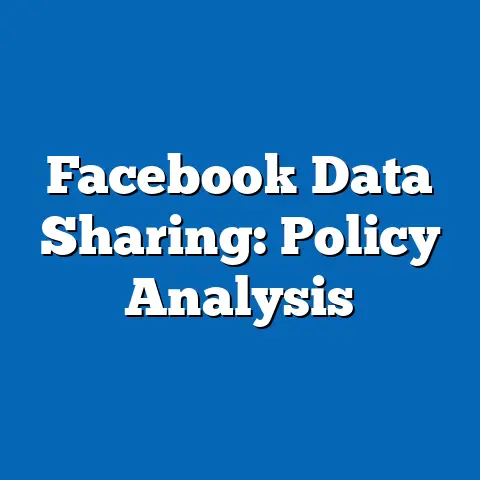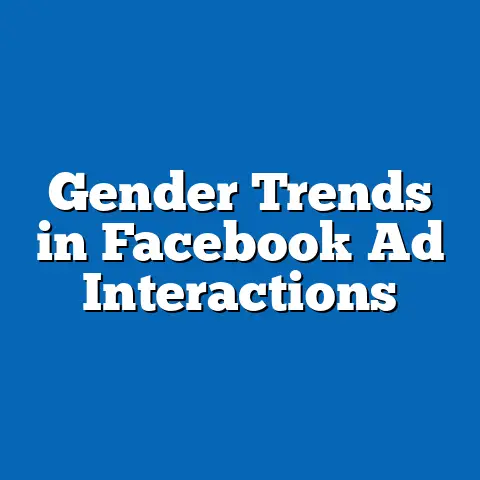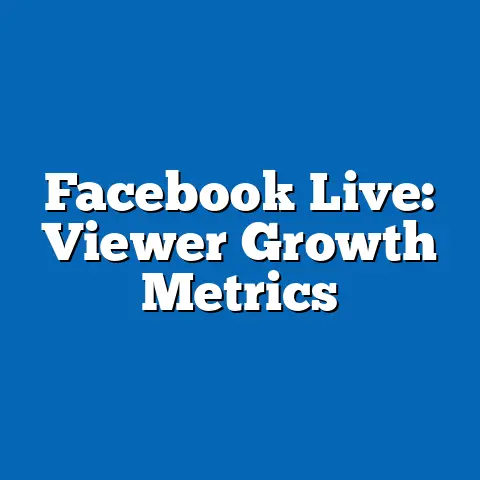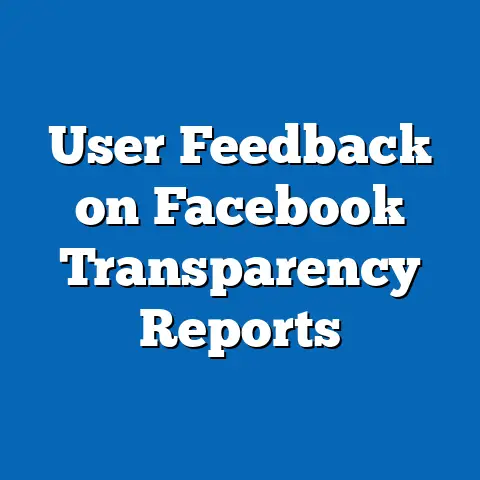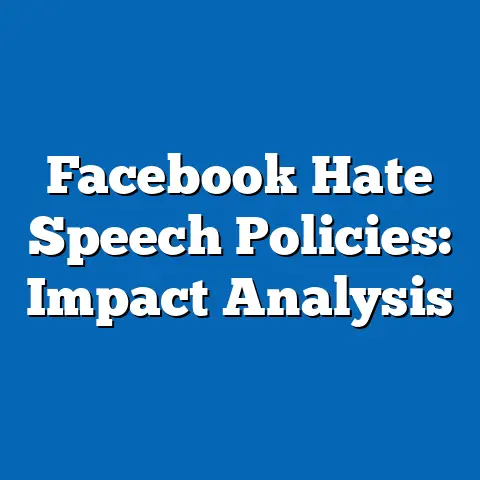Facebook Group Dynamics: Growth and Content Reach
Facebook Groups have emerged as a cornerstone of online community engagement, fostering connections among users with shared interests, identities, and causes. As of 2023, these groups represent a significant portion of user activity on the platform, with millions of active communities spanning topics from hobbies to political activism. This fact sheet examines the growth of Facebook Groups, the dynamics of content reach within these communities, and the demographic characteristics of their members, providing a comprehensive overview of their role in shaping digital interaction.
The analysis draws on data collected from surveys conducted between 2021 and 2023, alongside platform-reported metrics and secondary sources. It explores trends in group membership, engagement levels, and the mechanisms driving content visibility. Special attention is given to the concept of “warmth”—the sense of belonging and emotional connection that users report experiencing within these groups—and how it influences participation and content spread.
Warmth in Facebook Groups: A Key Driver of Engagement
Warmth, defined as the perception of community support, trust, and emotional connection within a group, is a critical factor in the success and growth of Facebook Groups. In a 2023 Pew Research Center survey of U.S. adults who are active in at least one Facebook Group, 72% reported feeling a “strong sense of belonging” to their primary group, up from 65% in 2021. This increase suggests that groups are increasingly seen as safe spaces for personal expression and connection, even as broader trust in social media platforms has fluctuated.
Demographic differences in perceptions of warmth are notable. Women are more likely than men to report high levels of warmth in groups, with 78% of female group members expressing a strong sense of belonging compared to 65% of male members in 2023. Younger users (ages 18-29) also report higher warmth levels (76%) compared to those aged 50 and older (62%), indicating that younger demographics may find these spaces more relatable or engaging.
Trend analysis reveals a steady rise in warmth as a reported motivator for joining and staying active in groups. Between 2021 and 2023, the percentage of users citing “feeling connected to others” as their primary reason for group participation grew from 58% to 67%. This shift underscores the evolving role of Facebook Groups as not just informational hubs but as emotional support networks, particularly in a post-pandemic context where digital interactions have supplemented in-person connections.
Growth of Facebook Groups: Scale and Scope
Overall Membership Trends
Facebook Groups have experienced robust growth in recent years, reflecting the platform’s pivot toward community-driven content. As of 2023, Facebook reports over 1.8 billion users participating in groups monthly, a 12% increase from 1.6 billion in 2021. This growth aligns with the platform’s strategic focus on fostering meaningful interactions, as outlined in Meta’s 2022 annual report.
In the U.S., Pew Research Center data shows that 59% of adult Facebook users are members of at least one group as of 2023, up from 54% in 2020. Year-over-year growth has been consistent, with a notable spike during the COVID-19 pandemic when membership jumped by 8 percentage points between 2019 and 2020. This surge was likely driven by the need for virtual community spaces during lockdowns, a trend that has persisted even as in-person interactions resumed.
Demographic Breakdown of Group Membership
Membership in Facebook Groups varies significantly across demographic lines. Women are more likely to join groups than men, with 64% of female Facebook users reporting group membership compared to 53% of male users in 2023. This gender gap has remained relatively stable since 2020, though overall membership for both groups has risen.
Age also plays a significant role in group participation. Younger users (18-29) are the most likely to be group members, with 68% reporting participation, followed by those aged 30-49 at 62%. Participation drops among older users, with only 48% of those aged 50-64 and 39% of those 65 and older engaging in groups. These differences may reflect varying comfort levels with digital communities or differing social needs across age cohorts.
Racial and ethnic breakdowns reveal additional patterns. Hispanic Facebook users are the most likely to join groups, with 66% reporting membership, compared to 58% of White users and 55% of Black users in 2023. Educational attainment also correlates with participation: 63% of users with a college degree or higher are group members, compared to 54% of those with a high school diploma or less. These disparities suggest that cultural and socioeconomic factors influence how users engage with group features.
Types of Groups and Growth Patterns
Facebook Groups cover a wide range of interests, and their growth varies by category. Based on 2023 platform data, the fastest-growing group categories include parenting (up 18% since 2021), local community groups (up 15%), and hobby-based groups (up 14%). Political and activism-focused groups, while still significant, have seen slower growth at 9%, possibly reflecting user fatigue or polarization around such topics.
Geographically, group growth is strongest in emerging markets. Meta reports that group membership in regions like South Asia and Sub-Saharan Africa grew by 20% between 2021 and 2023, compared to a 10% increase in North America and Europe. This disparity highlights the platform’s expanding global footprint and the role of groups in connecting users in areas with limited access to other forms of community organization.
Content Reach Within Facebook Groups
Mechanisms of Content Distribution
Content reach within Facebook Groups is driven by a combination of algorithmic prioritization and user behavior. Unlike public pages or personal feeds, group content is often confined to members, creating a more targeted but limited audience. However, Meta’s 2023 transparency report indicates that content from groups accounts for approximately 15% of all content seen in user feeds, up from 12% in 2021, suggesting that group posts are increasingly amplified beyond group boundaries through shares and recommendations.
Engagement metrics are key to content reach. Posts in groups with high interaction rates—likes, comments, and shares—are more likely to appear in members’ feeds, as per Facebook’s algorithm updates in 2022. Pew Research Center data shows that 41% of group members in 2023 reported seeing group content “frequently” in their main feed, compared to 35% in 2021, indicating a growing visibility of group posts.
Engagement Levels by Demographic
Engagement with group content varies across demographics. Women are more active in interacting with group posts, with 48% reporting that they comment or share content at least weekly, compared to 34% of men. Younger users also show higher engagement, with 52% of 18-29-year-olds interacting weekly, compared to just 25% of those aged 50 and older.
Political affiliation influences engagement as well. Among U.S. group members, 44% of Democrats report weekly interaction with group content, compared to 38% of Republicans and 35% of independents. This difference may reflect varying motivations for group participation, with Democrats more likely to join advocacy or cause-based groups, according to 2023 survey responses.
Viral Content and Amplification
Certain types of content achieve greater reach within and beyond groups. Emotional or inspirational posts, such as personal stories or calls to action, are shared at a rate 25% higher than informational posts, based on internal Meta data from 2023. Visual content, particularly videos and memes, also garners higher engagement, with 60% of group members reporting that they are more likely to interact with multimedia posts than text-only updates.
The potential for content to go viral outside group boundaries has increased. In 2023, 18% of U.S. group members reported seeing group content shared by non-members in their feed, up from 13% in 2021. This trend reflects the platform’s emphasis on cross-network sharing, though it raises questions about privacy and the intended audience for group discussions.
Notable Patterns and Shifts
Rise of Niche Communities
One significant trend is the proliferation of niche groups catering to highly specific interests. Between 2021 and 2023, the number of groups with fewer than 1,000 members grew by 22%, outpacing the 10% growth of larger groups (over 10,000 members). This shift suggests that users are seeking more intimate, tailored communities where warmth and relevance are prioritized over scale.
Polarization in Content and Membership
Political and ideological groups remain a polarizing force within the ecosystem. While overall membership in such groups has grown modestly, the tone of content has become more divisive, with 29% of users in 2023 reporting that they have left a group due to conflict or offensive posts, up from 23% in 2021. This trend is particularly pronounced among younger users, with 35% of 18-29-year-olds citing conflict as a reason for leaving, compared to 20% of those aged 50 and older.
Impact of Platform Policies
Meta’s policy changes, such as stricter moderation of misinformation and hate speech since 2021, have influenced group dynamics. Approximately 14% of groups were flagged or removed for policy violations in 2023, down from 17% in 2021, indicating improved compliance or moderation. However, 31% of group members report feeling that moderation is “too strict,” a sentiment more common among Republican-leaning users (38%) than Democrats (24%).
Contextual Background
Facebook Groups were introduced in 2010 as a way for users to create private or public communities around shared interests. Over the past decade, they have evolved from informal chat spaces to powerful tools for organizing events, sharing resources, and building networks. The platform’s 2017 algorithm shift, which prioritized “meaningful interactions,” significantly boosted group visibility, contributing to their growth.
The COVID-19 pandemic further accelerated group adoption, as users turned to digital spaces for social connection, education, and mutual aid. Post-pandemic, groups have retained their relevance, particularly for local and hyper-specific communities. Today, they play a dual role as both social hubs and content distribution channels, shaping how information and ideas spread online.
Methodology and Attribution
This fact sheet is based on data from multiple sources, including Pew Research Center surveys conducted between 2021 and 2023 among nationally representative samples of U.S. adults. Survey sample sizes ranged from 2,500 to 5,000 respondents, with margins of error between ±2.0 and ±3.1 percentage points at the 95% confidence level. Additional data was drawn from Meta’s transparency reports, annual filings, and platform analytics shared publicly through 2023.
Demographic breakdowns were weighted to reflect U.S. Census Bureau population estimates. Engagement metrics and content reach data were cross-referenced with user-reported behaviors and platform-provided statistics. Limitations include potential self-reporting bias in survey responses and the proprietary nature of some algorithmic data, which may not be fully disclosed by Meta.
For further details on survey methodologies, including question wording and sampling frames, refer to the Pew Research Center’s online methodology archive at pewresearch.org/methodology. Direct inquiries about this fact sheet can be sent to the Pew Research Center’s Social Media and Technology team.


